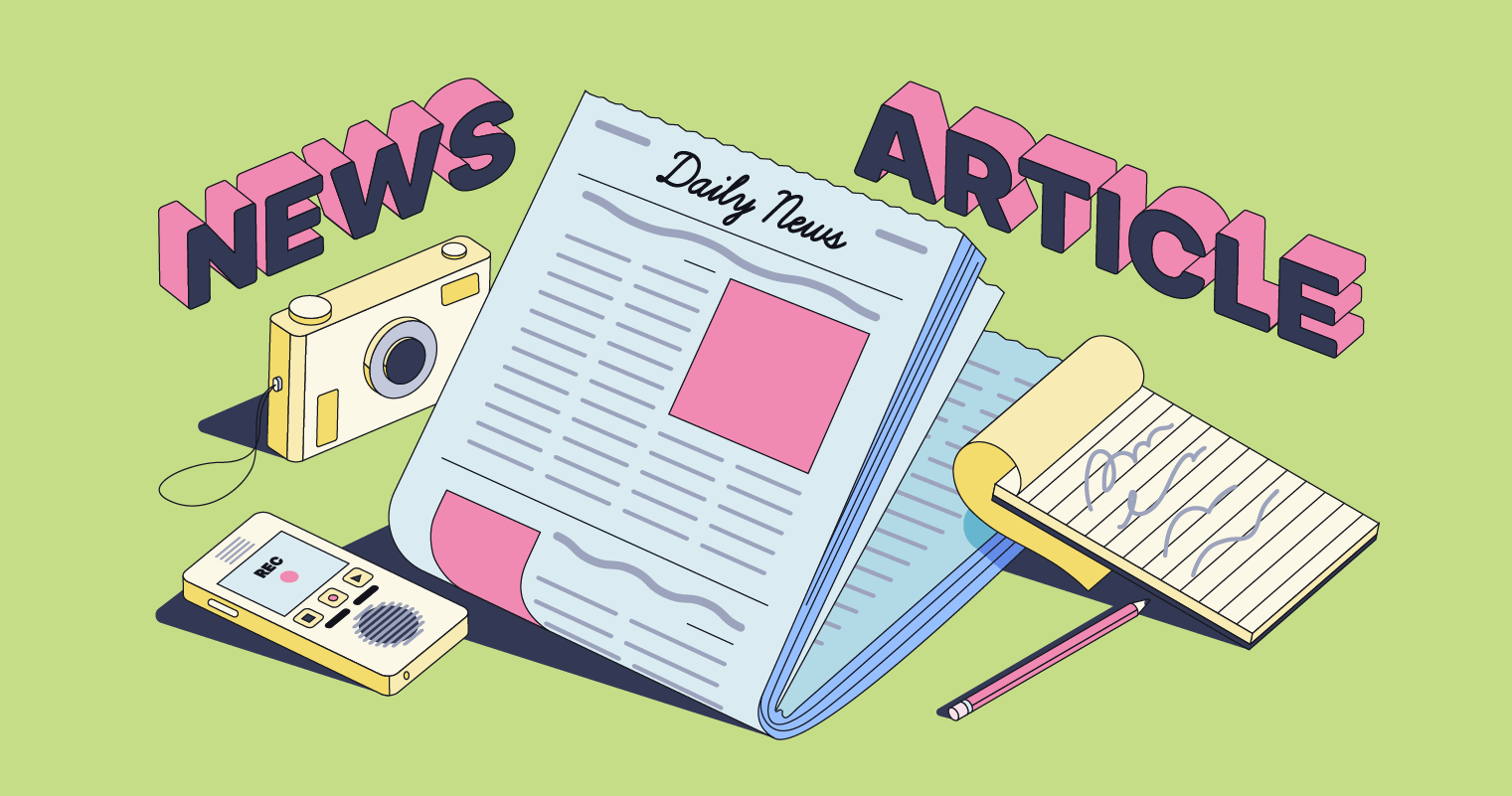The Single Strategy To Use For News Articles
The Single Strategy To Use For News Articles
Blog Article
Indicators on News Articles You Need To Know
Table of ContentsNews Articles Things To Know Before You Get This4 Easy Facts About News Articles ShownAll about News ArticlesThe 7-Second Trick For News ArticlesNews Articles Things To Know Before You Get This
Great expertise of different subjects provides trainees an one-upmanship over their peers. Although digital and social networks are readily easily accessible, we need to not forget just how crucial it is to check out the papers. Moms and dads need to attempt and instill the behavior of checking out a paper as a day-to-day regimen to proceed the tradition of the adored print medium.News stories also consist of at the very least among the following crucial characteristics about the intended target market: proximity, importance, timeliness, human passion, curiosity, or effect. The related term journalese is often utilized, generally pejoratively, to describe news-style writing. Another is headlinese. Newspapers normally stick to an expository writing design.
Within these restrictions, information stories additionally intend to be extensive. Other aspects are included, some stylistic and some derived from the media form. Among the bigger and extra respected newspapers, fairness and equilibrium is a major variable in offering info. Discourse is typically restricted to a separate area, though each paper might have a different total slant.
Newspapers with a worldwide target market, as an example, tend to utilize a more official style of creating. The certain options made by an information outlet's editor or editorial board are often accumulated in a style overview; typical design guides include the and the United States Information Style Publication. The primary goals of news writing can be summed up by the ABCs of journalism: precision, brevity, and clarity.
All About News Articles
As a policy, journalists will not use a lengthy word when a brief one will certainly do. Information writers try to prevent utilizing the very same word extra than when in a paragraph (often called an "echo" or "word mirror").
Headings occasionally omit the topic (e.g., "Jumps From Boat, Catches in Wheel") or verb (e.g., "Pet cat female fortunate"). A subhead (likewise subhed, sub-headline, subheading, caption, deck or dek) can be either a subordinate title under the major heading, or the heading of a subsection of the write-up. It is a heading that comes before the primary text, or a team of paragraphs of the main message.
Additional billboards of any of these kinds might show up later in the post (particularly on succeeding pages) to attract more reading. Such billboards are also used as reminders to the post in other areas of the publication or website, or as ads for the piece in various other magazine or websites. Normal structure with title, lead paragraph (summary in vibrant), other paragraphs (information) and get in touch with details.
Instance of a hard-lead paragraph NASA is proposing one more room job. The budget requests about $10 billion for the task.
The NASA announcement came as the company asked for $10 billion of appropriations for the job. An "off-lead" is Visit Website the second most crucial front web page news of the day. The off-lead appears either in the leading left edge, or directly listed below the lead on the. To "hide the lead" is to begin the short article with history information or details of second relevance to the visitors, forcing them to find out more deeply right into a post than they need to have to in order to find the necessary points.
Not known Facts About News Articles
Usual usage is that or more sentences each form their own paragraph. Reporters usually describe the organization or framework of an information story as an inverted pyramid. The necessary and most fascinating components of a story are put at the beginning, with supporting details adhering to in order of reducing significance.
It allows individuals to discover a topic to only the deepness that their interest takes them, and without the imposition of details or nuances that they could think about unimportant, however still making that details available to more interested viewers. The upside down pyramid framework additionally makes it possible for write-ups to be cut to any arbitrary length throughout design, to suit the space readily available.
Some authors start their tales with the "1-2-3 lead", yet there are many kinds of lead available. A twist can refer to multiple points: The last tale in the information program; a "delighted" story to end the show.
Longer short articles, such as magazine cover write-ups and the items that lead the within areas of a newspaper, are called. Attribute stories differ from straight news in a number of ways. Foremost is the absence of a straight-news lead, the majority of the time. Instead of offering the essence of a story up front, feature authors might try to draw readers in.
Getting The News Articles To Work
A feature's initial paragraphs typically associate visit our website an intriguing minute or event, as in an "anecdotal lead". From the details of a person or episode, its view promptly broadens to generalizations concerning the story's topic.

The Editor's Tool kit: A Recommendation Overview for Beginners and Professionals (2001) Allan M. Siegal and William G. Connolly. The New York City Times Manual of Design and Usage: The Authorities Style Guide Utilized by the Writers and Editors of the Globe's Many Authoritative Newspaper (2002) M. L. Stein, Susan Paterno, and R.
Report this page